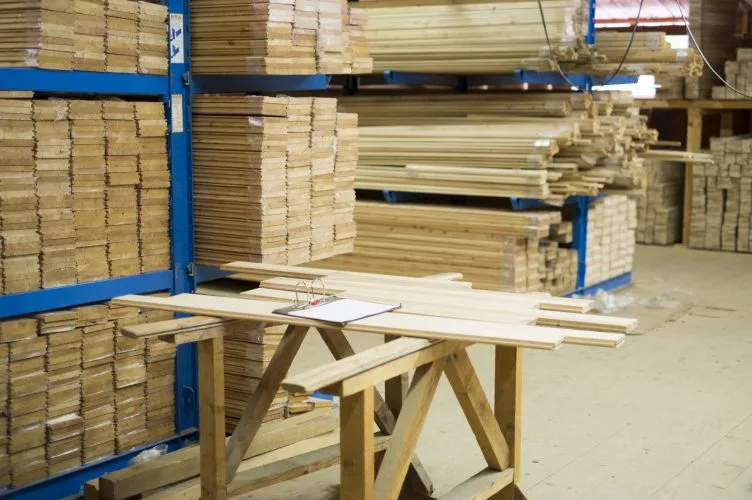What exactly is meant by plywood? In Indonesian, it’s called “kayu lapis,” and in everyday language, common carpenters refer to it as “tripleks,” even though it actually consists of more than three layers. In other educational institutions, it is referred to as “multipleks,” which means multiple layers.
Plywood is made from several thin sheets or layers, with the grain direction arranged crosswise between the bottom and top layers, bonded together using a special adhesive under high pressure to achieve a specific thickness. These sheets are usually obtained through a rotary peeling process of log wood. This process produces wide and long sheets with a small thickness (0.3mm – 3mm).
Due to the construction used to make plywood, this material is highly resistant to cracking, warping, or twisting, depending also on its thickness. Starting from standard thicknesses of 3mm, 4mm, 6, 9, 12, 15, 18mm, and so on.
Originally, plywood was produced due to the high demand for wide boards, and using solid wood posed a high risk of shrinkage effects such as warping, twisting, and cracking. However, plywood also has limitations in terms of length and width dimensions.
The advantage of plywood lies in its resistance to wood shrinkage and its length and width dimensions, which are impossible to achieve with solid wood of the same quality level.
However, this does not mean that plywood has the same level of durability against weather conditions. this material is only recommended for indoor furniture. The greatest weakness of plywood lies in its edge thickness. The edge of the plywood is the part most prone to absorbing water and has a very rough surface. To achieve a smooth finish, the edge must be covered with an edge banding.
Sumber: http://www.tentangkayu.com/2008/01/memahami-plywood-sebagai-bahan.html

